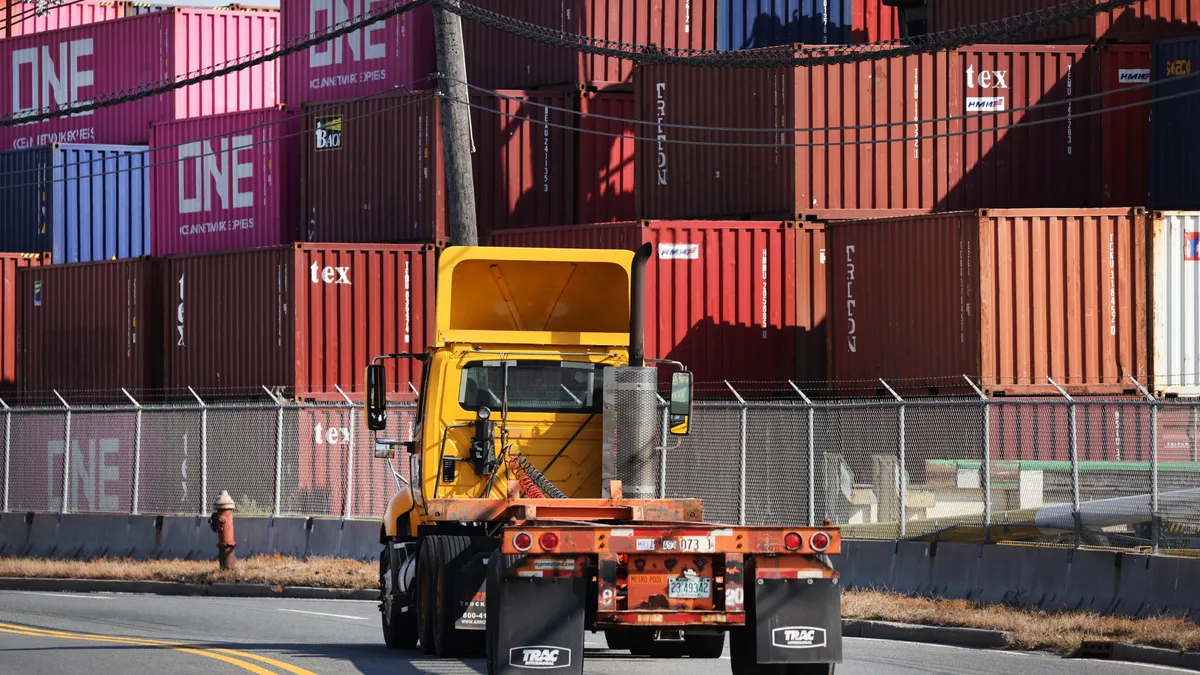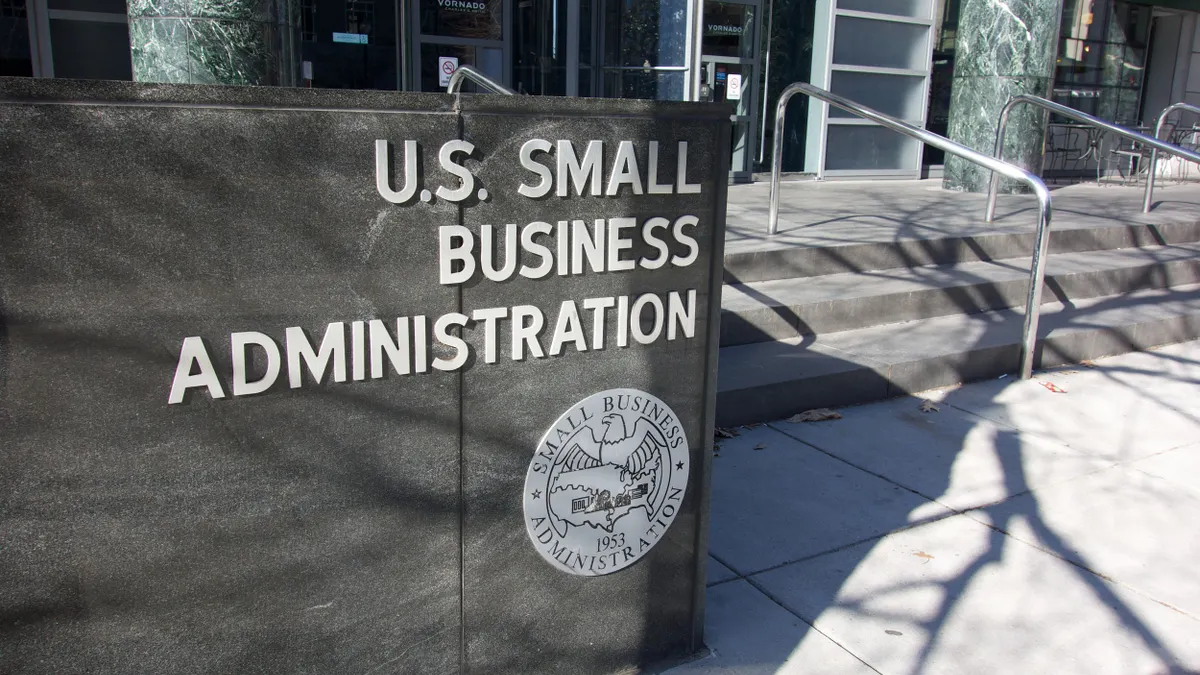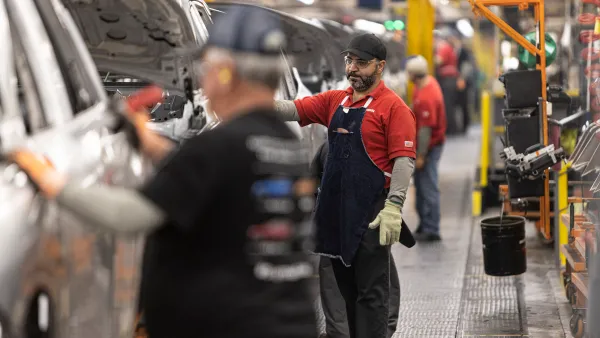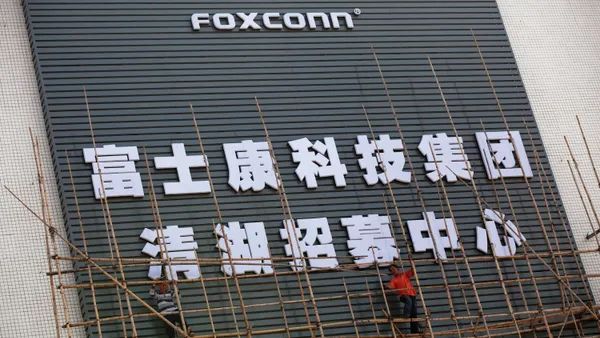Despite an influx of new orders, U.S. manufacturing activity was relatively flat in August compared to the previous month as tariff uncertainty loomed, according to the Institute for Supply Management’s latest Purchasing Managers’ Index.
ISM’s index registered 48.7% in August, up 0.7 percentage points compared to July. A PMI index below 50% shows an industry in contraction.
Production fell 3.6 percentage points to 47.8% compared to July’s results, nearly wiping out the gains from new orders in August.
This is the first time that new orders, which increased 4.3 percentage points to 51.4%, have expanded in the past six months, said Susan Spence, chair of ISM’s Manufacturing Business Survey Committee, during a call Tuesday. However, three of the four main demand indicators — new export orders, backlog of orders and customers’ inventories — were in contraction.
Spence was optimistic about inventories recovering, saying “at some point customers have to reorder.” Unfortunately, she said, production is down as manufacturers continue to navigate employment and pricing challenges.
“We believe that we're not going to see a big turnaround until we have tariff deals set and not changing,” Spence said.
Approximately 69% of manufacturing gross domestic product is in contraction, she added.
On the call, Spence noted that 89% of ISM’s monthly surveyed participants are citing tariffs as a “worrisome issue.” In general, Spence said that for every positive comment, there are 15 negative ones. While some companies struggle with hiring, Spence said more comments are coming in that suggest employers are not replacing people who have either left or been laid off, or closing factories.
Uncertainty is ratcheting up as U.S. judges mull over whether the Trump administration’s tariffs are even legal. A federal appeals court on Aug. 29 ruled the president’s broad use of emergency powers to impose broad tariffs was illegal, but delayed any action until mid-October to allow time for a review by the Supreme Court.
“The pressure is on these guys to try to figure out what their input price is going to be, so their companies can figure out, ‘Do we absorb it? Do we pass it along? What does it do to our profit margin?,’” Spence said. “Not knowing what the courts will do, or even if the court does one thing, we've got a Supreme Court now that will rule in.”
Meanwhile, S&P Global’s Manufacturing PMI registered 53% in August, up 3.2 percentage points from July. The increase was driven by a combination of higher new orders and inventory building. It was also the index’s strongest improvement in operating conditions since May 2022.
Chris Williamson, chief business economist at S&P’s Global Market Intelligence, attributed the gains to rising sales and a pickup in hiring to meet demand for an influx of new orders. He said in a statement that factories are reporting a jump in warehouse holdings due to concerns over future price hikes and supply constraints.
“Cost increases are being passed on to customers via widespread hikes to factory gate prices,” Williamson said. “The big question is the degree to which these price rises will then feed through to higher consumer price inflation in the coming months.”















